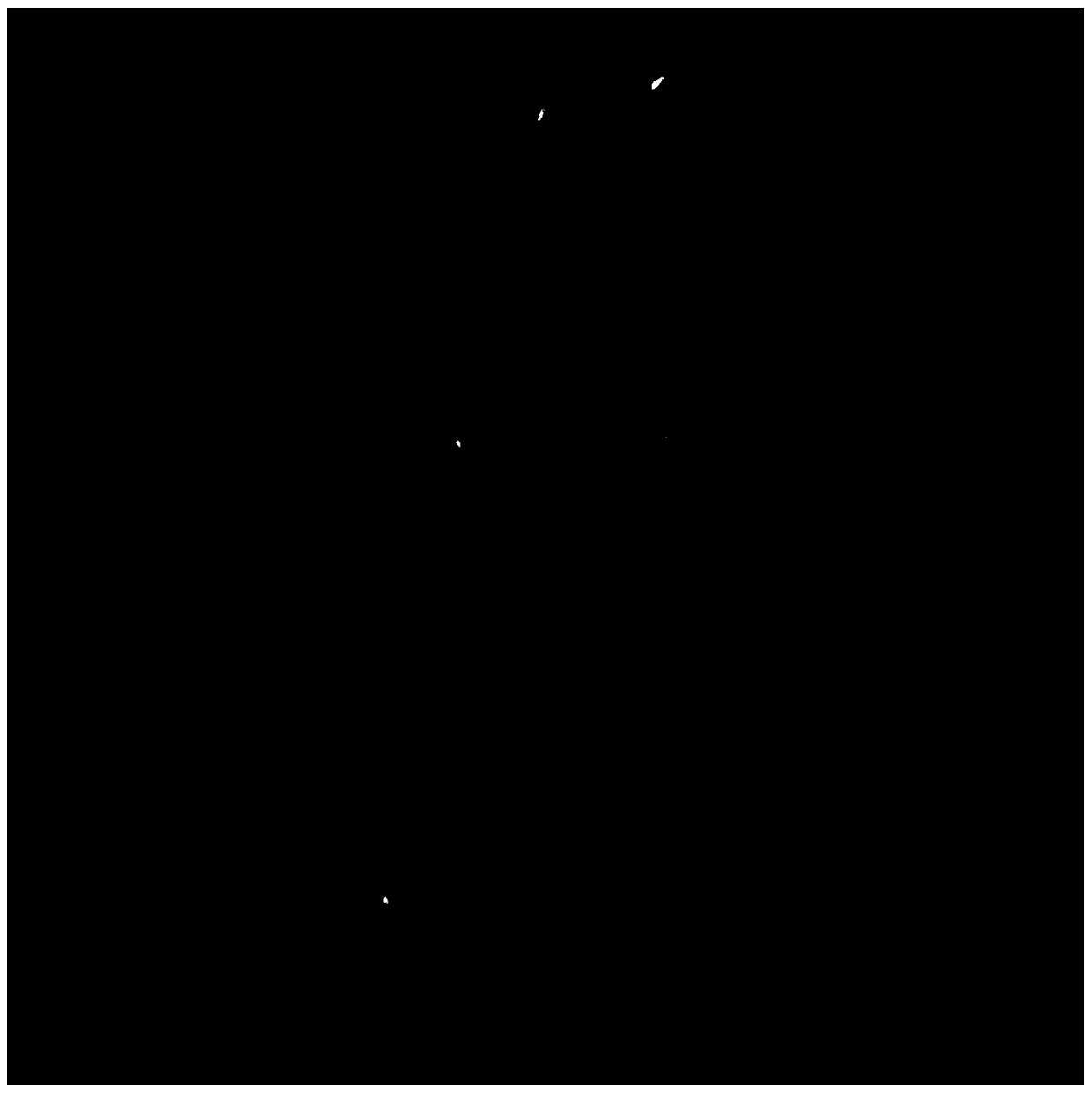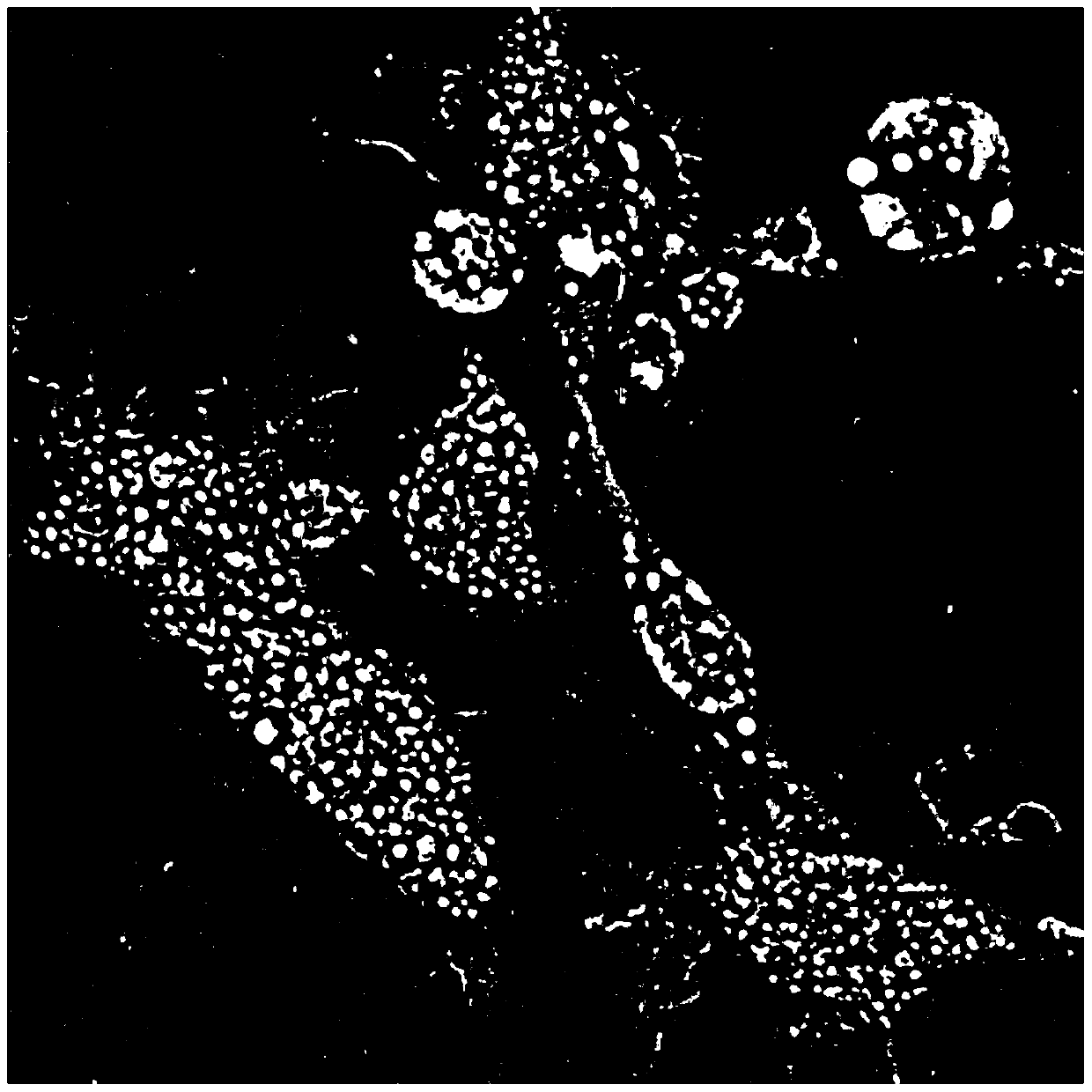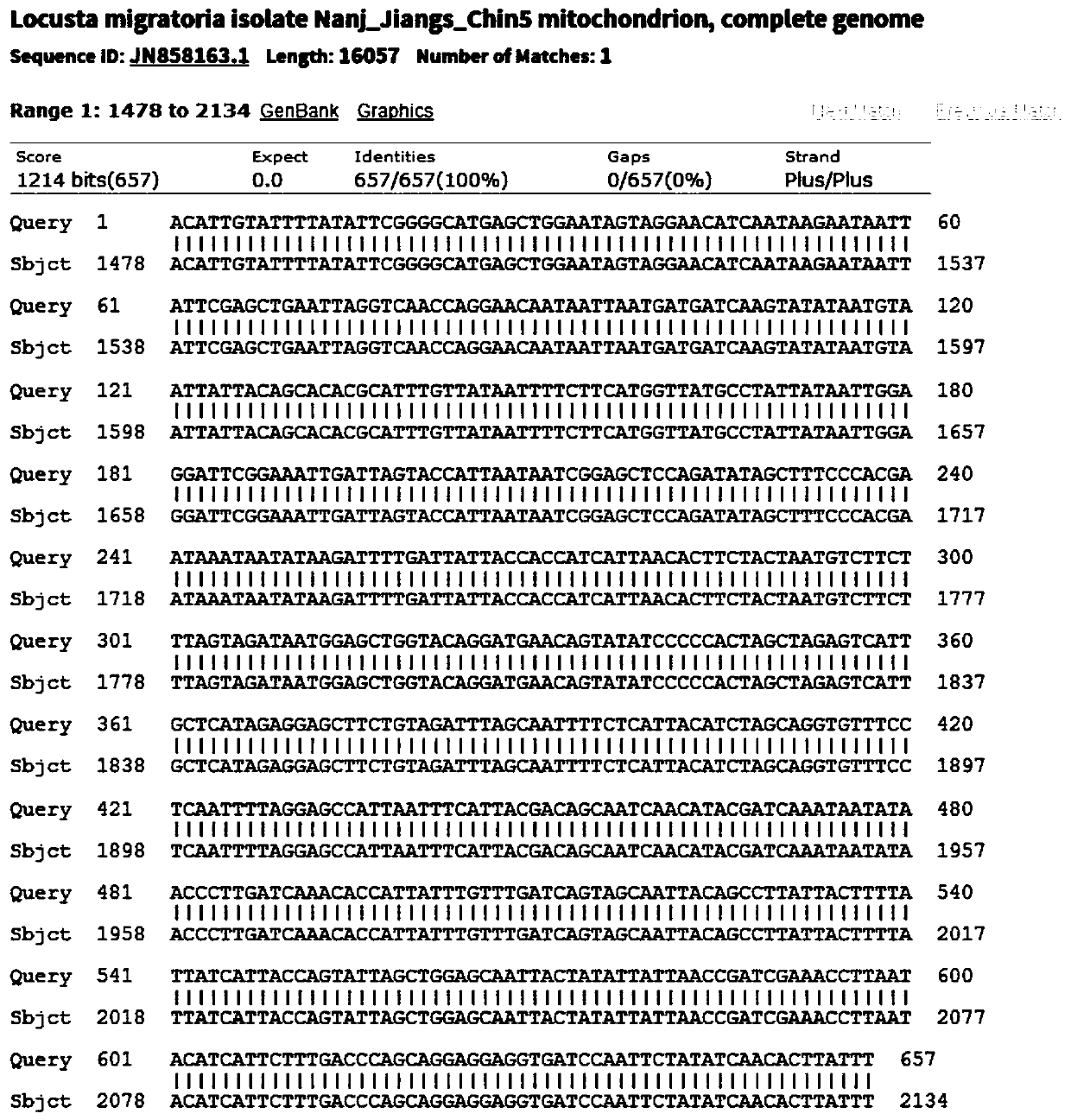Locusta migratoria cell line QAU-Lm-E-17 as well as preparation method and application thereof
A qau-lm-e-17, cell line technology for use in microorganism-based methods, biochemical equipment and methods, animal cells, etc.
- Summary
- Abstract
- Description
- Claims
- Application Information
AI Technical Summary
Problems solved by technology
Method used
Image
Examples
preparation example Construction
[0026] The invention provides a preparation method of the migratory locust cell line QAU-Lm-E-17, comprising the following steps: washing and grinding the sterilized migratory locust eggs, grinding the eggs to extract the cell filtrate, adding the cell filtrate to Cultivate in the medium, and change half of the volume of fresh medium every 14d during the culture period; the medium uses TNM-FH medium as the basic medium, and also includes the following components in volume percentage: 20% fetal bovine serum, 0.1% trehalose and 0.01% gentamicin.
[0027] In the preparation method of the present invention, the eggs of migratory locusts are preferably egg masses of 7-13 days after laying eggs of migratory locusts, and the soil and oocysts outside the egg masses are gently peeled off, and large and plump eggs are selected for disinfection. The disinfection of the present invention is preferably carried out in an ultra-clean workbench. The disinfection of the present invention pref...
Embodiment 1
[0038] Primary Culture of Migratory Locust Cells and Establishment of Cell Lines
[0039] 1. Cell primary culture
[0040] Take migratory locust egg masses that have been laying eggs for 7-13 days, gently peel off the soil and oocysts outside the egg masses, select about 10 large and plump eggs, and disinfect them with 10% sodium hypochlorite and 75% alcohol for 5 minutes in an ultra-clean workbench. Wash with sterile deionized water for 3 times, and wash once with TNM-FH medium containing 10% FBS; transfer the eggs to a small sieve with a pore size of 100 μm (BD Falcon Company), and soak them in 5 mL of 20% In a petri dish of TNM-FH medium containing fetal bovine serum and 0.01% gentamycin, the eggshell was gently punctured with pointed tweezers, and the egg was fully ground with a grinding rod. Pipette 2.5mL cell filtrate into 25cm 2 In a cell culture flask (Corning Company), 2.5 mL of the above-mentioned TNM-FH medium was added to the culture flask, and placed in a 28° C....
Embodiment 2
[0046] Amplification and Sequence Analysis of Mitochondrial CO I Gene Fragment in Migratory Locust Cell Line
[0047] The genomic DNA of the migratory locust cell line QAU-Lm-E-17 was extracted using a genome extraction kit, using universal primers HCO 2198 (SEQ ID NO.4, 5'-TAAACTTCAGGGTGACCAAAAAATCA-3') and LCO 1490 (SEQ ID NO.5, 5'-GGTCAACAAATCATAAAGATATTGG-3') PCR amplification of the COI gene of the cell line, the reaction system was 5 μL of 10×PCR Buffer, 4 μL of 2.5 mmol / L dNTPs, 1 μL of each 10 μmol / L primer, and Taq DNA polymerase (5 U / μL ) 0.5 μL, 50ng genomic DNA template, add water to 50 μL. The reaction conditions were pre-denaturation at 94°C for 5 minutes, followed by denaturation at 94°C for 1 minute, annealing at 54°C for 1 minute, extension at 72°C for 2 minutes, and after 30 cycles, extension at 72°C for 5 minutes. After the PCR products were detected by electrophoresis, they were sent to Shanghai Sangon Bioengineering Technology Service Co., Ltd. for sequen...
PUM
| Property | Measurement | Unit |
|---|---|---|
| pore size | aaaaa | aaaaa |
Abstract
Description
Claims
Application Information
 Login to View More
Login to View More - R&D
- Intellectual Property
- Life Sciences
- Materials
- Tech Scout
- Unparalleled Data Quality
- Higher Quality Content
- 60% Fewer Hallucinations
Browse by: Latest US Patents, China's latest patents, Technical Efficacy Thesaurus, Application Domain, Technology Topic, Popular Technical Reports.
© 2025 PatSnap. All rights reserved.Legal|Privacy policy|Modern Slavery Act Transparency Statement|Sitemap|About US| Contact US: help@patsnap.com



